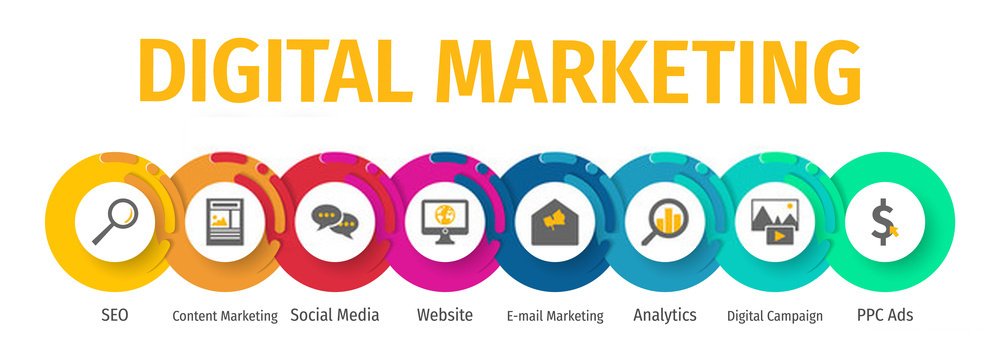The term” marketing blend” is a foundation model for businesses, historically centered around product, price, place, and creation( also known as the” 4 Ps”). The marketing blend has been defined as the” set of marketing tools that the establishment uses to pursue its marketing objects in the target request”.
Marketing proposition surfaced in the early twenty-first century. The contemporary marketing blend which has come the dominant frame for marketing operation opinions was first published in 1984 In services marketing, an extended marketing blend is used, generally comprising 7 Ps( product, price, creation, place, packaging, positioning and people), made up of the original 4 Ps extended by process, people and physical substantiation. sometimes service marketers will relate to 8 Ps( product, price, place, creation, people, positioning, packaging, and performance), comprising these 7 Ps plus performance.
In the 1990s, the model of 4 Cs was introduced as a further client- driven relief of the 4 Ps. There are two propositions grounded on 4 Cs Lauterborn’s 4 Cs( consumer, cost, convenience, and communication), and Shimizu’s 4 Cs( commodity, cost, channel, and communication).
Given the valuation of guests towards implicit product attributes( in any order,e.g. product, creation,etc.), and the attributes of the products vended by other companies, the problem of opting the attributes of a product to maximize the number of guests preferring it’s a computationally intractable problem.
The correct arrangement of marketing blend by enterprise marketing directors plays an important part in the success of a company’s marketing
1. develop strengths and avoid sins
2. strengthen the competitiveness and rigidity of enterprises
3. insure the internal departments of the enterprise work nearly together
Since then, there have been a number of different proposals for a service marketing mix (with various numbers of Ps); most notably the 8 Ps, comprising the 7 Ps above, extended by ‘performance’.


